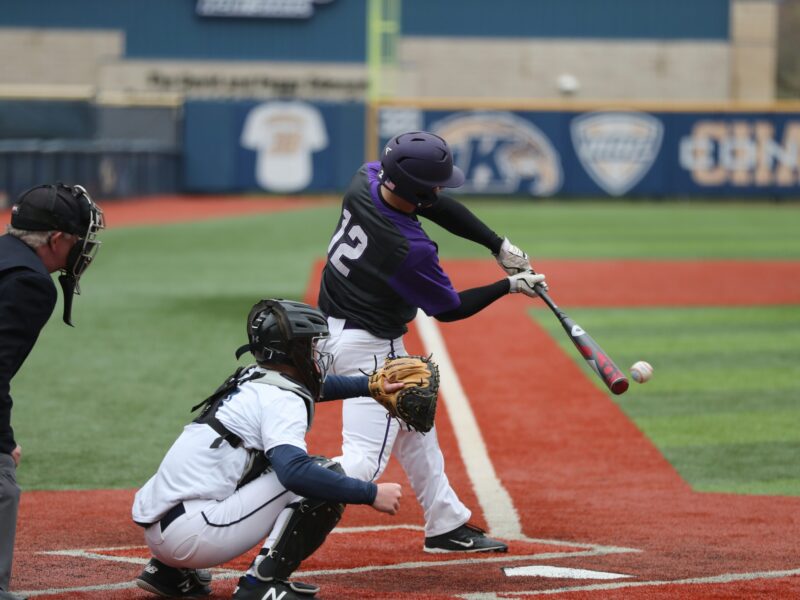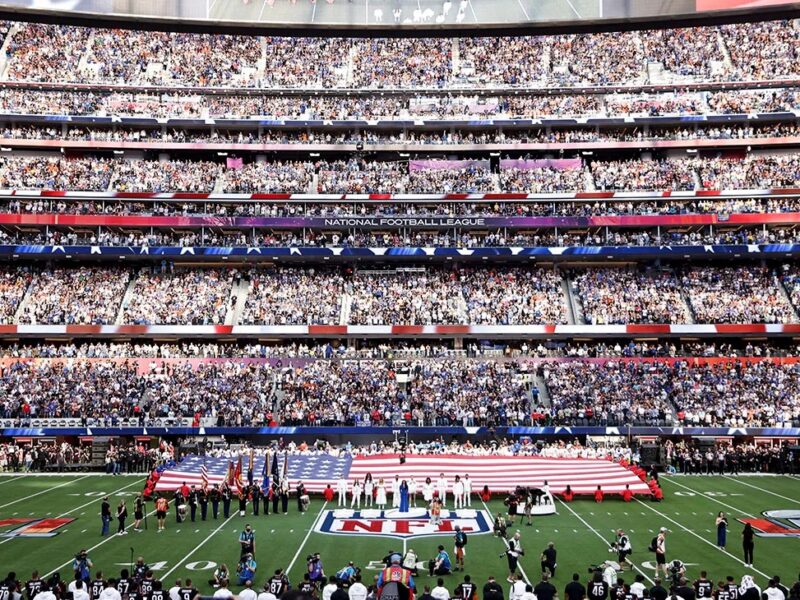Every four years the FIFA World Cup pits the greatest soccer nations in the world against each other to battle it out for world championship, but for the countries that host the event, the successes and failures go far beyond the results on the pitch.
Brazil is probably the most soccer-crazed country in the world with the most decorated national team in history. They have won countless international tournaments and a total of five World Cups, but there are many factors derailing the drive and excitement from Brazilians to cheer on their country to win number six on home soil.
Countless tax payer dollars have been spent on infrastructure not yet finished and new stadiums in locales that may not have proper usage after the tournament concludes. And then there’s the traffic. Traffic, due in part do transit strikes and simply the sheer volume of drivers in major cities like São Paulo leaves drivers in traffic jams kilometres long, lasting for hours at a time. This is something that surely compounded by the number of tourists and fans in the country to watch the matches.
To combat the notorious traffic problems, Brazil planned to expand the metro system in São Paulo, but CBC reports that only a year after construction began in 2010 the government announced things wouldn’t be ready for the 2014 World Cup. And now with transit strikes persisting, delays are ongoing leaving fans to wait hours on end for taxis.
If fans do eventually reach many of the brand new stadiums built for the World Cup, it might be the only time they see them in use, another point of contention with Brazilians. “White elephants” as they’re called were a major issue for South Africa after the 2010 FIFA World Cup. Many lay dormant, not fielding any sports teams or having any events being played. However Vijay Setlur, sports marketing instructor at York University’s Schulich School of Business doesn’t foresee this being a problem for Brazil. “Soccer [in South Africa] is the number three sport behind cricket and rugby,” Setlur says. “The legacy plan in place [in South Africa] was in effective … cricket and rugby were not taken into consideration when building [the World Cup soccer stadiums].”
The Brazilian Premier League, as Setlur explains, is a very stable and followed soccer league, naturally with large fanbases who will be able to move into the stadiums after the World Cup is over. However, I’m not sold on this completely. Surely there isn’t a team viable to play in Arena da Amazônia, a stadium situated on the Amazon River in Manaus, costing an estimated $225 million. Manaus has soccer teams of course, but not over 40,000 fans to fill the stadium on a regular basis. The goal is to use it for other events like concerts and draw in more tourists to fill it that way. And then there’s the Mane Garrincha stadium in Brasilia, Brazil, a stadium with a cost that has swelled to $900 million for a city that doesn’t even have a major professional soccer team.
The hope is that the infrastructure, stadiums and other facilities will stimulate future growth within the country. Build for the World Cup (and 2016 summer Olympics) now and hope that all of the new construction leads to boosts in tourism, easier access for Brazilians to combat vehicle congestion, get goods from one destination to another much more efficiently and. “A lot of the infrastructure was not built with the World Cup in mind,” Setlur says. “The World Cup is a catalyst … the governments view the staging of events as a catalyst to build something that would otherwise not get built.” Most Brazilians understand this, Setlur thinks, but it’s the amount that has been spent on the World Cup to get the entire infrastructure going with little results so far that has led to all of the outrage.
Short term, will every World Cup game be full? Sure. Will advertisers be satisfied and FIFA rake in the cash? Definitely. But it’s inexcusable for it to exist at the excessive expense of the Brazilian people with no end in sight for when all the plans and construction in place are put to proper use. Even half of the $11 billion spent could be invested into social services like health and education, something the masses strongly lobbied for. And when you think about it, South Africa was “cheap”, only spending $4 billion on their World Cup with fewer facilities in place. Where has all of Brazil’s money gone?
Brazil should make for the ideal destination for a World Cup; you’ve got locales like Rio de Janeiro, probably the party capital of the world and a country that lives and breathes soccer. But with all the media attention surrounding the traffic issues, protests and the sheer amount of money the country spent, the country may regret hosting the biggest sporting event in the world. And I haven’t even touched on the ramifications of Brazil not winning the World Cup.



